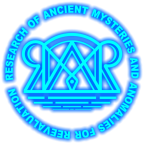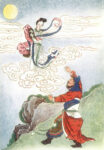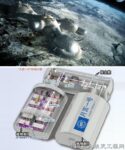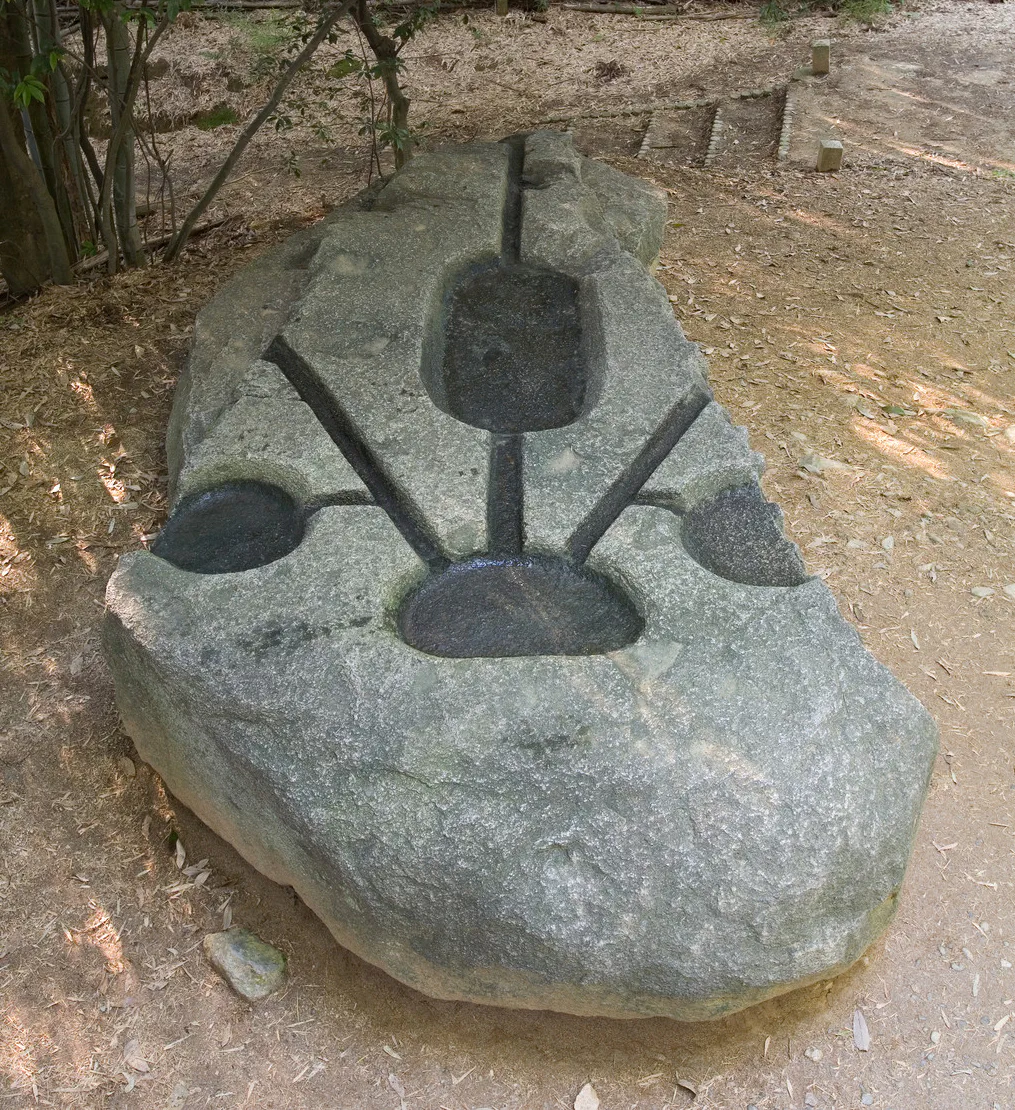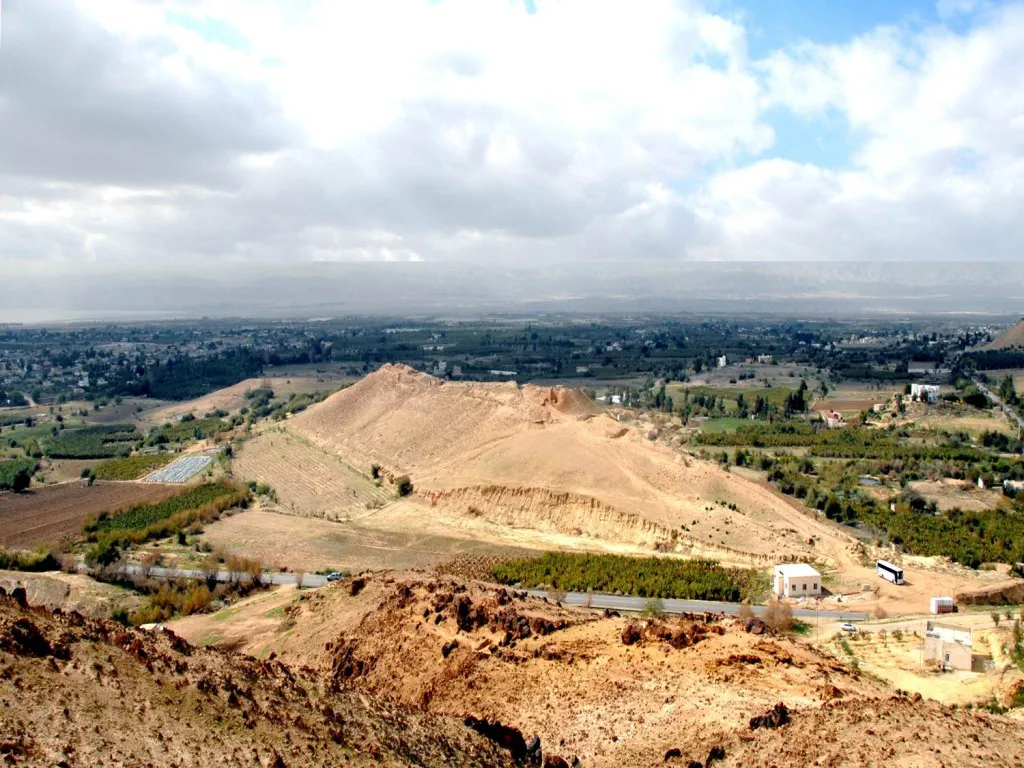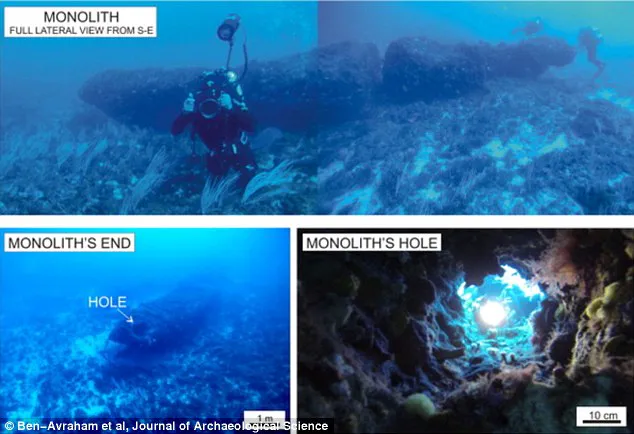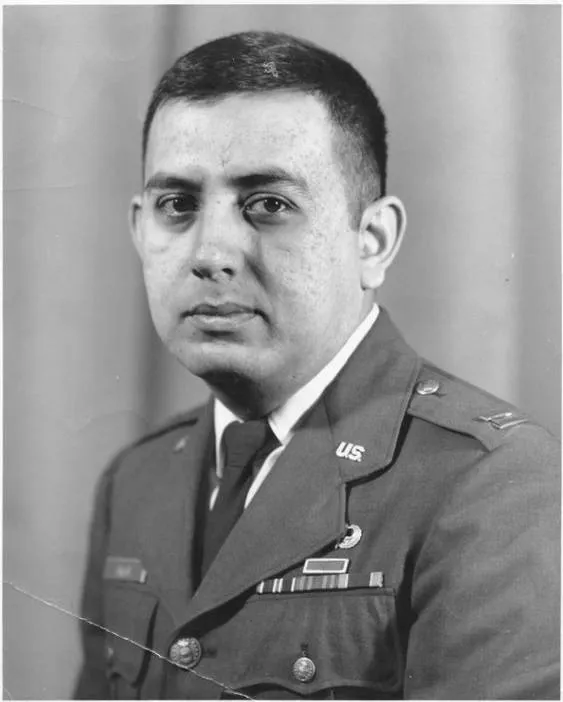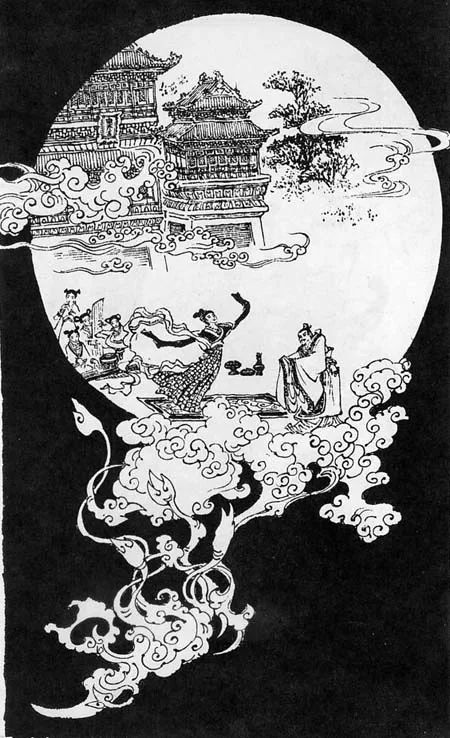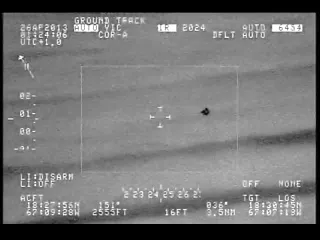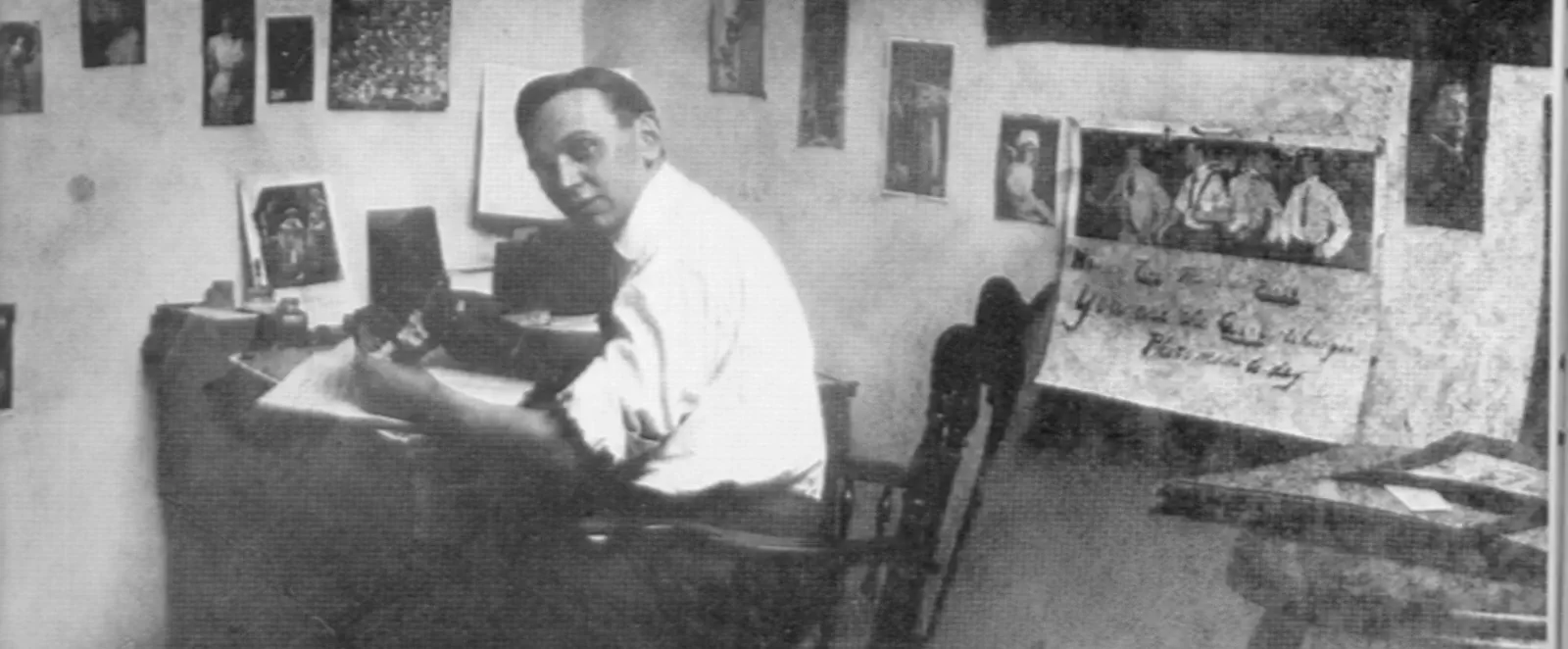Ancient traditions in China of moon visitations (by Gisela Ermel & Ramon Zürcher)
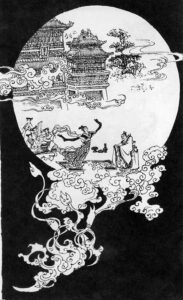 Real X-File ID: 7625
Real X-File ID: 7625
Report Date: 06/25/2023
Country: China
Place: old Chinese traditions
Fingerprints: Traces of ancient advanced engineering-skills, Traces of ancient advanced technology, Traces of ancient advanced astronomical knowledge, Ancient historical records of advanced technological knowledge, Ancient historical records of extra terrestrial interaction
Existing Facts Sources: Speech, Book
Summary Report:
Ancient traditions in China of moon visitations (by Gisela Ermel & Ramon Zürcher)
Since ancient times, the Chinese have imagined the moon populated or inhabited by legendary figures or gods. Long before the Tang period (617-907 AD), the legendary “Moon Palace” was a dream destination for a trip there.
In the Han Dynasty (206 BC-220 AD), the story about Tung-fang Shuo, who is said to have visited the moon during his extraordinary excursions, was widespread. The story survived into the Taoist Canon (a collection of texts of the Ming Dynasty – ca. 15th century AD – commissioned by the emperor of that time).
Moon visitations occur in 4th/5th century writings such as the Hai nei shih chou chi and in the 11th century writing Yünchi chi chien.
(Edward H. Schafer: Ways of Looking at the Moon Palace,
From ancient times, the moon has been regarded as a worthwhile destination for adventurous journeys through the skies, a rocky island floating in the ether. In poems, prose pieces and novels, the world on the moon is painted as a visible and not at all unreachable fairyland.
It was considered an outpost of the “Royal Mother of the West,” Xiwangmu, a goddess who communed between the heavenly and earthly worlds.
In Buddhism, a “Moon Palace” (yüeh-kung or Yüeh-tien Kung-tien) is known, a dwelling place of the Moon Ruler, a structure made of silver and crystal.
(Bauer, Wolfgang: China and the Hope for Happiness. Munich 1971)
Today the name of the Moon Palace is Guanghan Palace.
In the later heyday of Taoism, the traditional lunar visitations were reinterpreted through astral theology and philosophy. Attempts were made to interpret these myths and accounts allegorically, symbolically, or spiritually.
How our Bible scholars started at some point to interpret the reports about space travels of Enoch, Ezekiel or Abraham psychologically and metaphysically…to go into those here would go beyond the scope.
Real moon journeys? The scholars did not want to believe that. Even the good old moon palace – which they still knew as Kuang han kung, the “palace of the wide cold” – they transferred in their philosophical writings without further ado from the moon to our ice-cold Arctic. The moon visitors of the old texts: there no man in flesh and blood had traveled to the moon, but only his soul. This seems to be only too familiar from our Bible interpretations.
One of their old Tao masters, so it is said in a Taoist writing, had arrived in the spirit to the “Moon Basilica of the Far Cold” and had received there in a sacristy holy texts from the ruler of the universe. Esoteric reinterpretations of ancient myths were and are practiced, the moon now regarded as the residence of great spirits in an “inconceivable heaven”.
In other texts, the stories are quite different, such as that of the Tang minister Lou Chi, who flew to the moon in a vehicle and had to protect himself against the cold with an oil skin. On the moon he found structures and towers of a huge palace, all built of transparent quartz rock. In a crystal hall he wants to have met the moon goddess. She suggested that he stay with her on the moon, but Lou Chi refused, preferring to return to Earth.
In modern space travel, these names are used again: Yuegong 1 (“Moon Palace”) was named after the Moon Palace from ancient myths.
The laboratory was built in China to test how to provide air, water, and planted food to astronauts who will live on the Moon in the future.
The Chang-e spacecraft was also named after a lunar traveler. (I will come to that)
Hou Yih: Ancient moon visitation eyewitness
Hou Yih: (also Chih Chang Tzu Yu)
Hou Yih was the engineer of the legendary Chinese emperor Yao (fourth of the five primordial emperors, time: 2353 – 2234 BC) and is said to have flown to the moon on a “sky bird”. This strange “bird” taught him about astronomical things. Hou Yih explored the space by climbing “the stream of luminous air”. Does this mean a jet stream? Flew into space where he “did not perceive the rotating motion of the sun.”
True: Only in the space one is not able to perceive the daily movement of the sun.
On the moon, he saw the “horizon frozen as if by ice” and then reached the “palace of great cold”.
The story is preserved in the Huananzi, a collection of writings of the Western Han Dynasty, 206 B.C. Described in detail in Peter Krassas book: …und kamen auf feurigen Drachen. China und das Geheimnis der Gelben Götter, Vienna 1984
In the collection “Ancient Tales”, compiled in the 4th century AD by literati in China from even older sources, the story is already present. Here it is said that he flew together with his wife Tschang-No to the moon. At night, a huge ship with bright lights appeared out on the sea. It could go to the moon and to the stars, so its name was “a ship hanging between the stars” or “ship to the moon”. It was said to have been seen for twelve years.
(Tomas, Andrew: We are not the first. Bergisch-Gladbach 1979)
Chang-E – Legandary named space missions
Chang-E (also called Hang-O / Tschan O / Heng O)
Wife of Hou Yih. Also she had undertaken a flight to the moon and described the moon as “shining like glass shimmering ball of enormous size and considerable coldness”.
She is said to have moved into the castle on the moon and lived there as a moon fairy ever since. This “castle” was called Guanghan Gong (also Yüeh-kung) = Moon Palace.
The prehistory: Her husband Hou Yih had received an immortality pill from the “ruler of the Western Paradise”, the above mentioned Xiwangmu, a goddess. Chang-E stole this and fled with it to the moon. Once she is said to have been visited by Emperor Hsüan-tsung with two companions.
(Wilhelm, Richard: Chinese Fairy Tales. Düsseldorf, Cologne 1979)
Hsüan-tsung / Xuangzong – Visit at the moon palace:
Emperor of China from 713 – 751 AD.
The legend about the moon journey of the emperor is preserved until today. The text goes back to the Tang period (619 – 907 AD): Lung-cheng lu.
The story: In the 6th year of the reigning devise “Awakening Primordial Beginning” (= 718 A.D.) the emperor celebrated the moon festival together with the “heaven master” Shen and the Taoist master Hung Tu-ko. When evening had come, the sky master performed a magic by which all three went up to the moon on a cloud. First they passed through a huge gate. Behind it, in the brilliance of precious stones, they saw a number of flying and floating palaces, which incessantly swayed up and down. An icy breeze troubled them and a misty rain drenched their clothes. After a while, they suddenly saw a palace towering in front of them with a plaque that read: “Palace of the vast frost and clear emptiness”. The soldiers standing guard in front of the portal made a very awe-inspiring impression: their white swords were flashing. From a distance, they looked as if they were made of ice and snow. The three moon visitors remained standing for a while at the bottom of the palace, unable to enter, but then the sky master led the emperor up. Their bodies now floated as if they were treading on mist or fog…As they turned their gazes downward, it seemed to them as if stretched out over ten thousand miles, an expanse of glassy rocks lay before them, between which immortals glided along on clouds or rode on cranes as if in play.
Short insertion from me:
This description spontaneously reminded me of the crazy flight movements of contemporary UFO sightings…some of them also look like they are playing, zigzagging flights, with accelerations up to 100G.
Continuing in the text: As the three ventured a few more steps, however, they felt an icy blue glow and a cold sheen wash over them with such force that they felt dizzy before their eyes.
The cold was so intense that they could no longer take a step forward. Below them they now caught sight of about a dozen moon fairies (called Su-O), frolicking on the backs of white luan birds, dressed in shining white robes, dancing and laughing in the shade of giant cinnamon trees on Palace Hill. In addition one heard music of the most different melodies… Soon, however, the “Sky Master” urged them to return, and so the three of them whizzed back down to earth as if in a whirlwind.
The next evening the emperor expressed the wish to undertake another journey there, but the “Sky Master” said that this would not be possible. The emperor, however, couldnt stop thinking about the moon and began to compose. He wrote the melody to the dance “Cloud Robe and Feather Dress”. From antiquity until today there had never been anything purer and more beautiful than this composition. This was an excerpt from Wolfgang Bauers,
(Bauer, Wolfgang: China and the Hope for Happiness. Munich 1971)
Links: https://www.google.ch/books/edition/Asia_Major/dhYWAQAAMAAJ?hl=de&gbpv=1&bsq=Ways+of+Looking+at+the+Moon+Palace+Edward+H.+Schafer&dq=Ways+of+Looking+at+the+Moon+Palace+Edward+H.+Schafer&printsec=frontcover
https://www.oag.uni-hamburg.de/noag-archiv/noag-116-1974/rez-2.pdf
https://www.goodreads.com/book/show/1902391.We_are_not_the_first
https://www.youtube.com/watch?v=bpSGYItpips
Facts Source Details:
Details of Speech: Paläo-SETI und die A.A.S.,Ramon Zürcher at Galileopark, Sauerland Pyramiden, 2019,07/24/2019,Ramon Zürcher
Details of Book: Ways of Looking at the Moon Palace, China und die Hoffnung auf Glück, We are not the first, Chinese Fairy Tales,Richard Wilhelm,München, Bergisch-Gladbach, Düsseldorf, Cologne,01/01/1988, 01/01/1971, 01/01/1979, 01/01/1979
Pictures:
